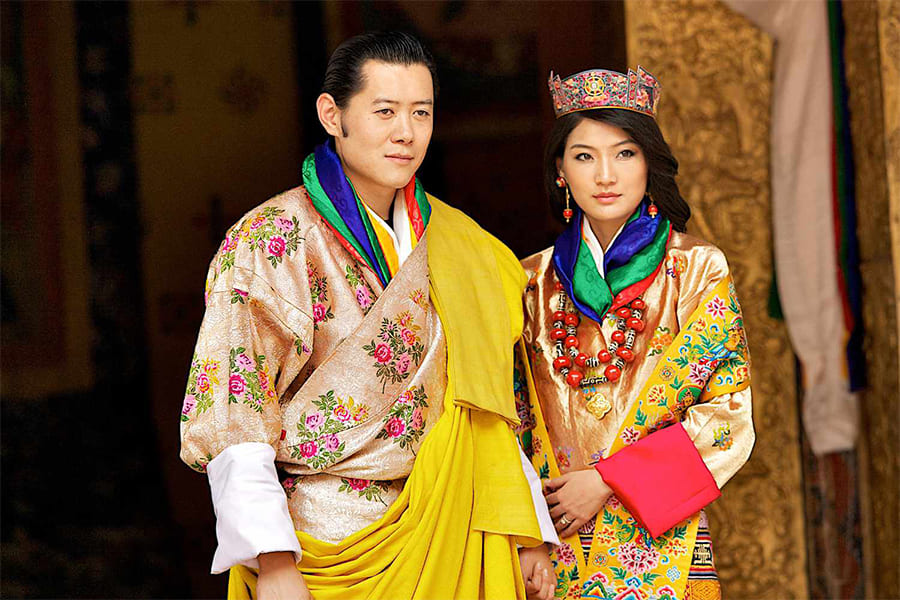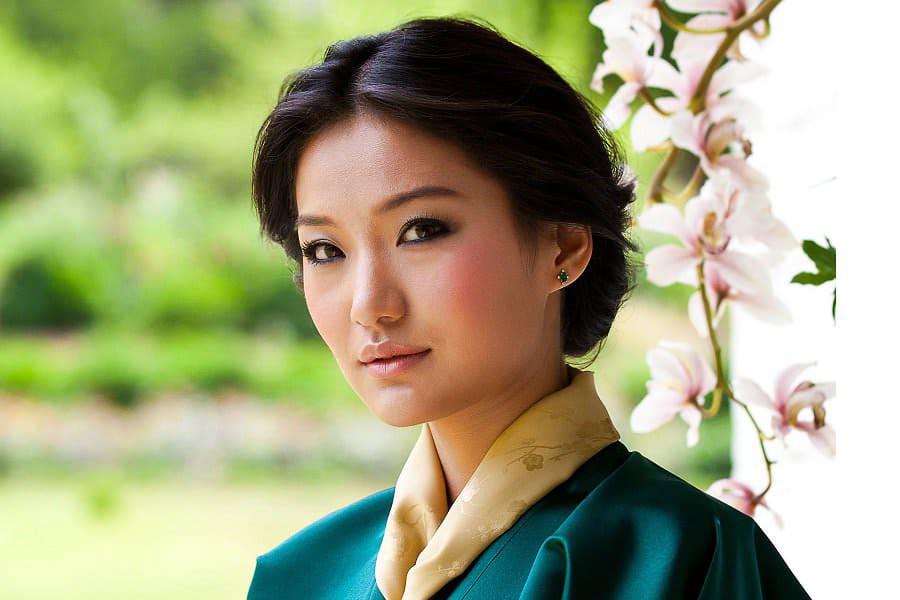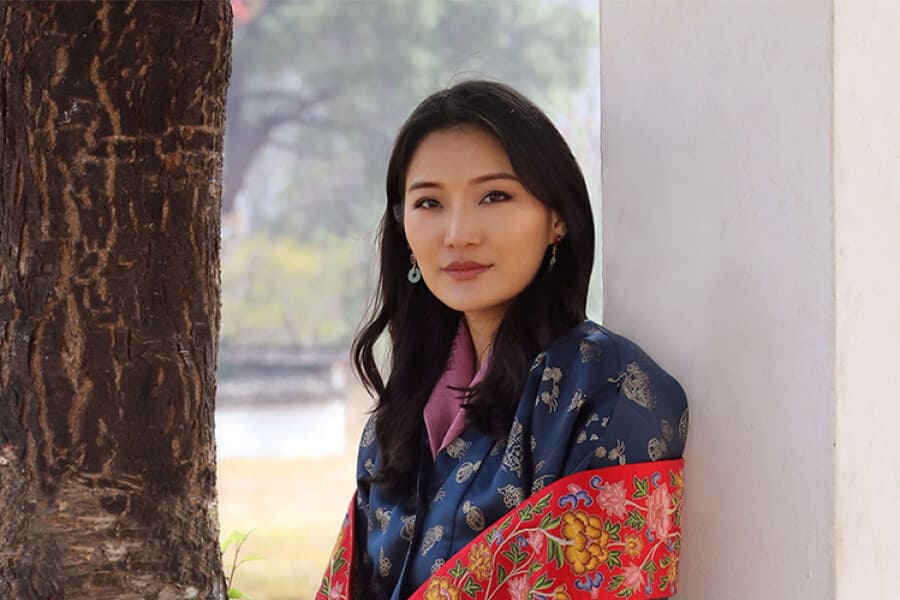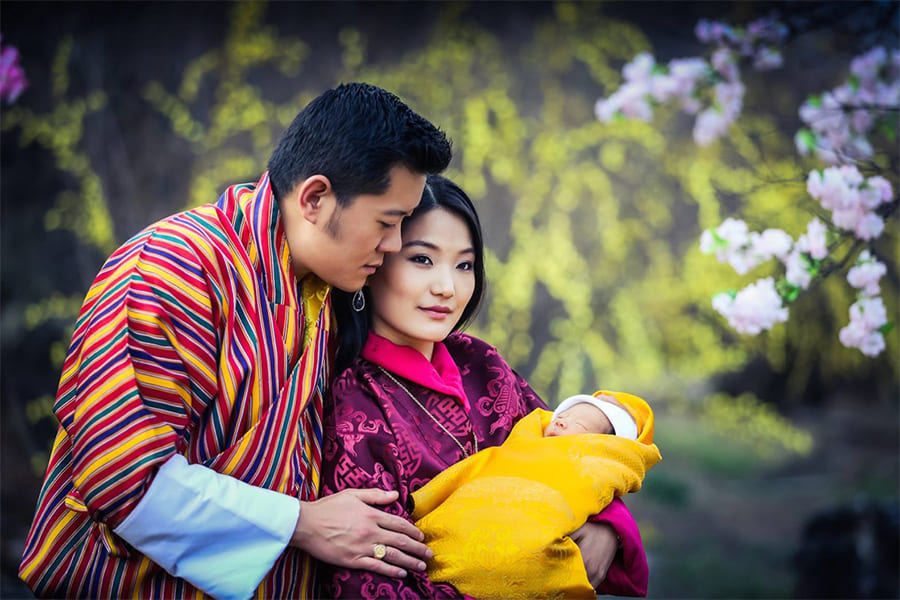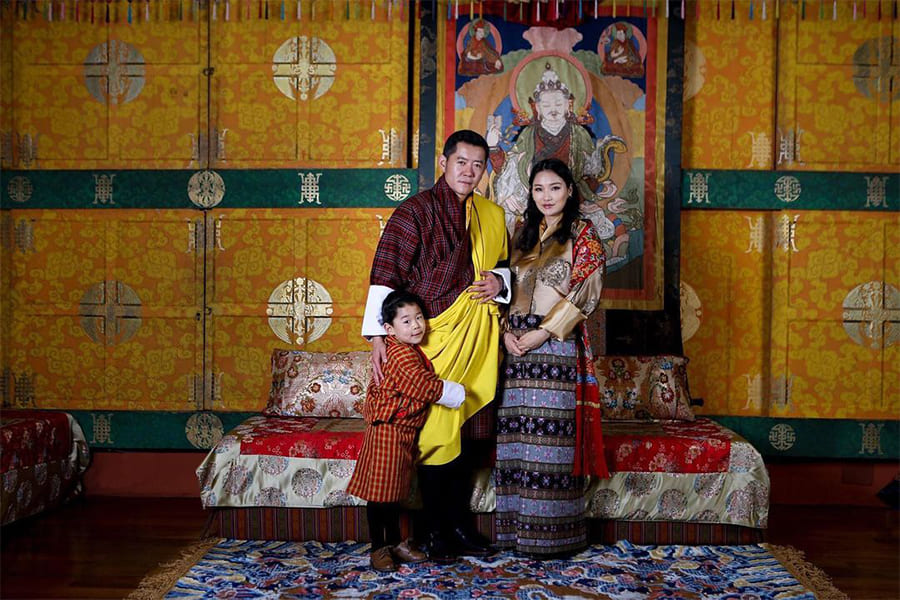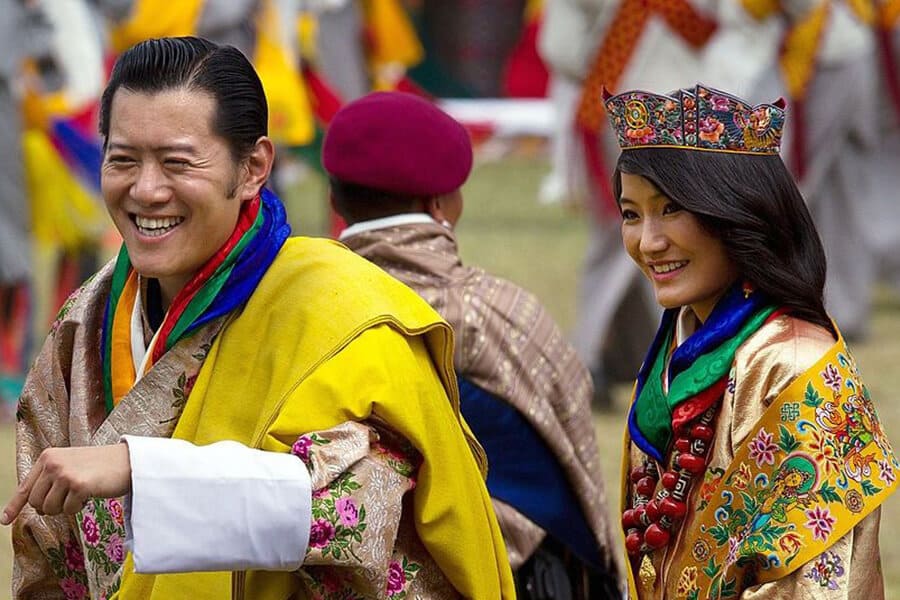Embark on a Bhutan tour package to explore the Himalayan kingdom’s rich culture and royal heritage. At its heart is Queen Jetsun Pema, the Queen of Bhutan, whose elegance and dedication captivate the world. This article traces her journey, role in the monarchy, and why she inspires visitors exploring Bhutan’s timeless traditions.
Introduction to the Queen of Bhutan
Brief Overview of the Bhutanese Monarchy
The Bhutanese monarchy, centered around the Wangchuck dynasty, has been a cornerstone of Bhutan’s identity since 1907. Transitioning from an absolute monarchy to a constitutional monarchy in 2008, the monarchy remains a symbol of unity, stability, and cultural heritage in Bhutan. The current monarch, King Jigme Khesar Namgyel Wangchuck, alongside his wife, Queen Jetsun Pema, upholds the values of Gross National Happiness (GNH), a philosophy that prioritizes the well-being of Bhutanese citizens over material wealth. The monarchy’s role extends beyond governance, deeply influencing cultural preservation, social welfare, and environmental sustainability.
Why the Queen of Bhutan Attracts Global Attention
Queen Jetsun Pema, often referred to as the "Dragon Queen," has captivated global audiences with her elegance, compassion, and dedication to her nation. As the youngest queen consort in the world at the time of her marriage in 2011, she has become a modern icon of royalty, blending tradition with progressive values. Her commitment to social causes, environmental advocacy, and cultural preservation has earned her admiration both within Bhutan and internationally. Often compared to figures like Kate Middleton for her poise and style, Queen Jetsun Pema’s influence extends far beyond the Himalayan kingdom, making her a global symbol of compassionate leadership.
Biography of the Queen of Bhutan
Early Life and Family Background
Born on June 4, 1990, at Jigme Dorji Wangchuck National Referral Hospital in Thimphu, Jetsun Pema hails from a respected Bhutanese family with deep ties to the royal court. Her father, Dhondup Gyaltshen, is a commercial pilot and the grandson of two Trashigang Dzongpons (governors), Thinley Topgay and Ugyen Tshering. Her mother, Aum Sonam Choki, descends from the noble Bumthang Pangtey family, one of Bhutan’s oldest aristocratic lineages. Jetsun Pema’s maternal grandfather was a half-brother to two former queen consorts, further cementing her family’s royal connections. As the second of five siblings, she grew up in a close-knit family with two brothers, Thinlay Norbu and Jigme Namgyel, and two sisters, Serchen Doma and Yeatso Lhamo, the latter married to the king’s brother, Prince Jigme Dorji Wangchuck.
Education and Upbringing
Jetsun Pema’s education reflects her diverse and well-rounded upbringing. She began her schooling in Thimphu at Little Dragon School, Sunshine School (1995–1996), and Changangkha Lower Secondary School (1997–1998). She later attended St. Joseph’s Convent in Kalimpong, West Bengal, India (1999–2000), and Lungtenzampa Middle Secondary School in Thimphu (2001–2005). In 2006, she enrolled at The Lawrence School in Sanawar, Himachal Pradesh, India, where she studied English, history, geography, economics, and painting, completing her secondary education in 2008. She pursued higher education at Regent’s University London, graduating with a degree in international relations, with minors in psychology and art history. Her academic journey, combined with her participation in basketball (where she captained her school team), school bands, and dance programs, shaped her into a poised and multifaceted individual fluent in Dzongkha, English, and Hindi.
Journey to Becoming the Bhutan Queen
Jetsun Pema’s path to becoming queen began with a chance encounter with King Jigme Khesar Namgyel Wangchuck at a picnic when she was seven and he was seventeen. Their connection blossomed over the years, leading to their engagement announcement in May 2011 during the opening of Bhutan’s parliamentary session. The king praised her warmth, kindness, and commitment to serving the nation, qualities he deemed essential for a queen. At just 21, Jetsun Pema married the king on October 13, 2011, becoming the youngest queen consort in the world and earning the title Druk Gyaltsuen, or "Dragon Queen."
Marriage to the King of Bhutan
Royal Wedding and Traditions
The royal wedding of Jetsun Pema and King Jigme Khesar Namgyel Wangchuck took place on October 13, 2011, at Punakha Dzong, a majestic fortress and Bhutan’s ancient capital. The ceremony, steeped in Buddhist traditions, was a vibrant celebration of Bhutanese culture, featuring rituals and blessings from guardian deities. During the ceremony, the king bestowed upon Jetsun Pema the hand-sewn silk Phoenix Crown, the official crown of Bhutanese queens, formally proclaiming her the Druk Gyaltsuen. The wedding was followed by public celebrations in Thimphu and Paro, attended by dignitaries such as Rahul Gandhi, the former King Jigme Singye Wangchuck, and Dutch delegates who gifted a tulip named "Queen of Bhutan" in her honor. Despite Bhutan’s allowance for polygamy, the king vowed to remain devoted solely to Jetsun Pema, a testament to their deep bond.
Role as the Bhutan Queen in National Ceremonies
As queen, Jetsun Pema plays a central role in national ceremonies, embodying Bhutan’s cultural and spiritual heritage. She frequently accompanies the king during official visits across Bhutan, engaging with local communities and reinforcing the monarchy’s connection to the people. Her presence at festivals, religious events, and state functions highlights her role as a cultural ambassador. Wearing traditional Bhutanese attire, such as the kira, she showcases the nation’s textile heritage and has become a style icon, influencing fashion trends in Bhutan and beyond. Her grace and poise during these ceremonies strengthen her position as a unifying figure in Bhutanese society.
The Queen’s Role in Modern Bhutan
Social and Cultural Contributions
Queen Jetsun Pema is a hands-on leader whose contributions extend far beyond ceremonial duties. As president of the Bhutan Red Cross Society since 2016, she has spearheaded initiatives to improve healthcare and disaster response. Her work through the Queen’s Project, such as the One Gewog One Product (OGOP) initiative, supports rural farmers by promoting the production, packaging, and marketing of local goods, fostering economic empowerment. She is also a patron of the Bhutan Kidney Foundation and Ability Bhutan Society, advocating for better healthcare and support for individuals with disabilities. Her efforts in establishing the Gyaltsuen Jetsun Pema Mother and Child Hospital in Thimphu have enhanced maternal and child healthcare services, including the introduction of Bhutan’s first Epidural Labour Analgesia Services.
Advocacy for Education, Environment, and Heritage
A passionate advocate for education, Queen Jetsun Pema works closely with schools and NGOs to ensure access to quality education, particularly for children with special needs. Her environmental advocacy is equally significant, as she serves as the United Nations Environment Program Ozone Ambassador and Royal Patron of the Royal Society for Protection of Nature, National Environment Commission, and Clean Bhutan. Through campaigns like Clean Bhutan, she promotes waste management and sustainable practices, encouraging eco-friendly lifestyles among Bhutanese citizens. Her commitment to cultural preservation is evident in her support for traditional arts, music, and dance, ensuring that Bhutan’s rich heritage thrives for future generations. Her role as an Honorary Member of the WWF-US Board of Directors further amplifies her global influence in conservation.
Symbol of Unity and Tradition
Queen Jetsun Pema embodies the balance between tradition and modernity, serving as a symbol of unity for the Bhutanese people. Her humility, compassion, and dedication resonate deeply, particularly with women and youth, making her a role model for leadership grounded in service. Her advocacy for Gross National Happiness aligns with Bhutan’s unique philosophy, emphasizing holistic well-being over material progress. By championing social welfare, environmental sustainability, and cultural preservation, she reinforces the monarchy’s role as a unifying force in a rapidly modernizing world. Her ability to connect with people from all walks of life, from remote villages to international stages, underscores her significance as a modern monarch and a global ambassador for Bhutan.

